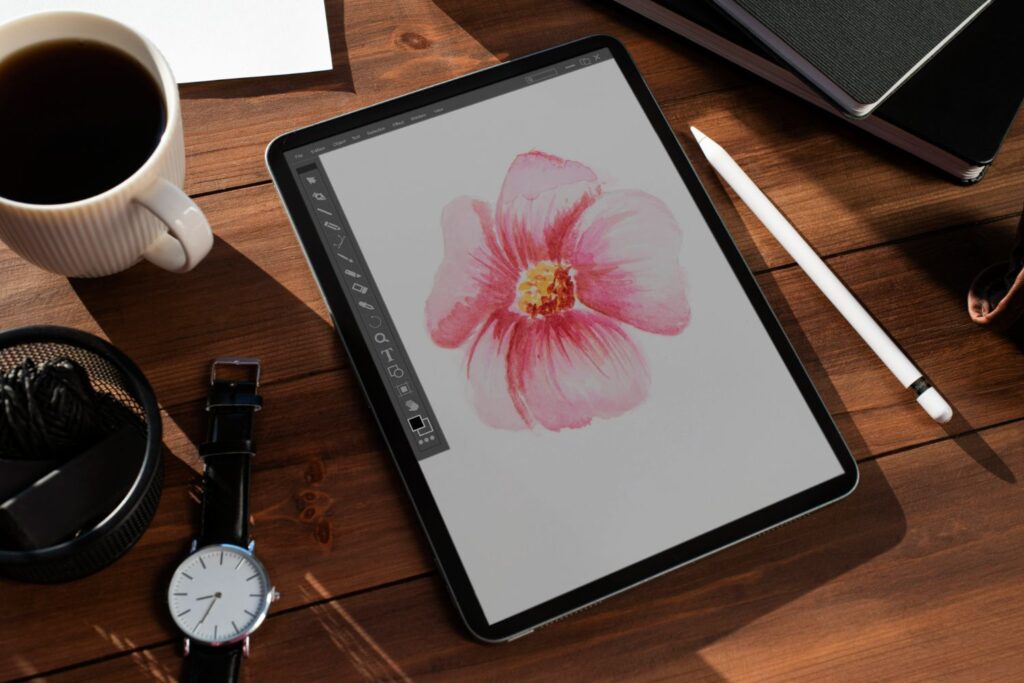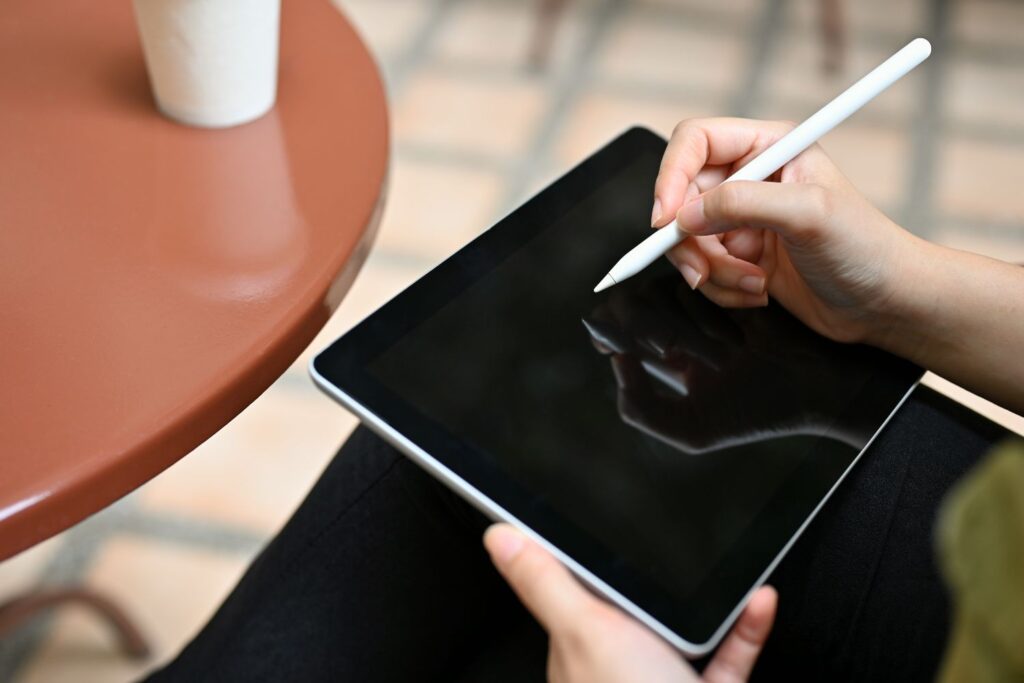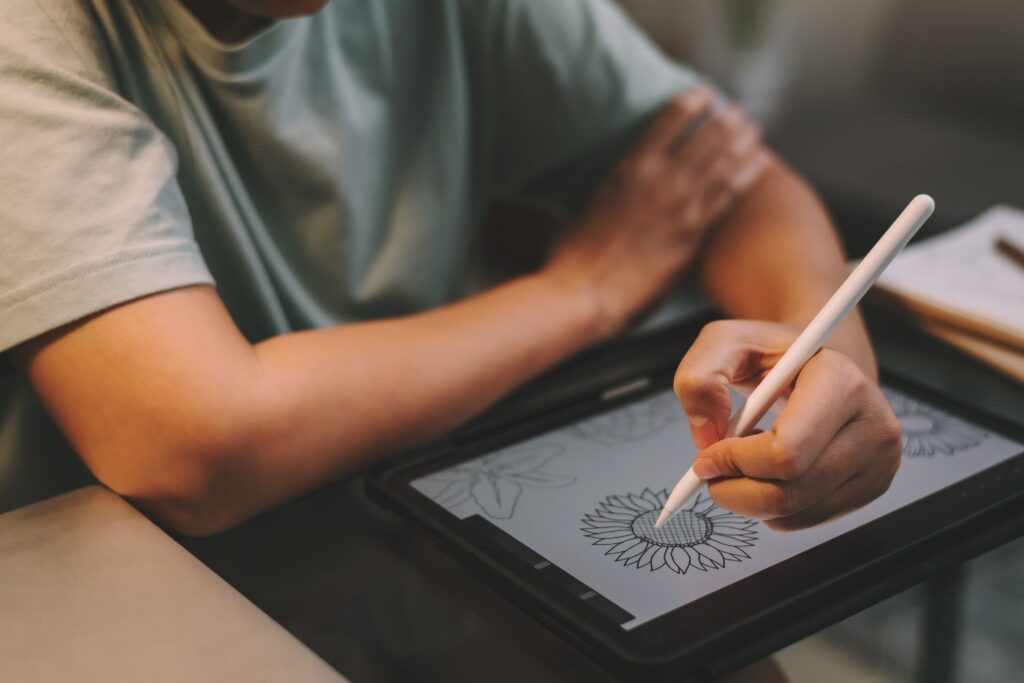Will Digital Art Replace Traditional Art? – Exploring the Future of Art and Creativity
As technology continues its relentless march forward, one question that has been on the minds of creatives and art lovers alike is, “Will digital art replace traditional art?” In this article, we’ll explore the perspectives and possibilities presented in various YouTube videos on this topic. Let’s dive into these intriguing discussions and try to find answers!
Our Thoughts on AI & Digital Art: Debunking the Myth of Traditional Art’s Demise
In this engaging podcast episode from Make Art Don’t Starve Podcast, the hosts Kelsey and Al discuss the rise of AI-powered digital art tools such as DALL-E 2 and Midjourney, and whether or not traditional art is “dying.” They assert that despite the rapid advancements in digital art technologies, traditional art continues to thrive and maintains its unique identity as a timeless form of expression.
The hosts explore the history of such claims and provide examples from the past, explaining how traditional artists have adapted and evolved with new technologies. They also emphasize the importance of blending digital and traditional art techniques for a more holistic and dynamic creative process. Overall, Kelsey and Al remain optimistic about the future of traditional art in the age of AI and digital innovations.
Be sure to check out Make Art Don’t Starve Podcast’s YouTube channel for more insightful discussions on the world of art and creativity.
Examining Rebelle 5: Can Digital Painting Software Replace Traditional Painting?
In this video by Erin Ross Artist Spotlight, we are introduced to Rebelle 5 Pro, a digital painting software designed to bring traditional media into the digital space. Erin demonstrates the various features of the software, including its realistic digital brushes that mimic the physical properties of oil paints and watercolors, the ability to mix and blend colors, and the natural-looking effects of pigments and water on canvas.
Erin puts the software to the test, creating digital paintings that showcase its capabilities and exploring whether Rebelle 5 Pro has the potential to replace traditional painting entirely. While she acknowledges the impressive realism and versatility of the software, she also emphasizes that digital tools, no matter how advanced, cannot fully replicate the sensory experience and tactile qualities inherent in traditional media. Moreover, the choice between digital and traditional art ultimately depends on individual preference and creative goals.
Visit Erin Ross Artist Spotlight’s YouTube channel for more demonstrations and reviews of various art tools and techniques.
Will AI Art Replace Artists? A Balanced Perspective from That Art History Girl
In this thought-provoking video by that art history girl, we dive into the concerns surrounding AI-generated art and the potential implications for human artists. With recent advancements in AI algorithms, many worry that the age-old craft of creating art by humans could soon become obsolete. However, the video offers a more balanced perspective on the matter.
While AI-generated art is undoubtedly impressive, it lacks the human touch, emotional depth, and artist-driven intention that is so integral to traditional art. Furthermore, rather than being a threat, AI technologies could open new doors for artists by offering new tools and creative opportunities, inspiring them to push the boundaries of their craft.
For more fascinating insights into the world of art history, be sure
Is Traditional Art Dying? A Battle Between AI & Human Creativity
In this captivating video by Salvatore Luxe, the potential threat of AI-generated art to traditional art is put to the test. Salvatore, a professional artist, challenges the AI-powered DALL-E 2 from OpenAI to create a portrait of Marques Brownlee, a renowned tech YouTuber. As Salvatore creates a painting on canvas, the AI generates images based on textual descriptions, showcasing the remarkable capabilities of the technology.
The fascinating results of this artistic showdown highlight both the strengths and limitations of AI-generated art. While the AI-generated images display an impressive level of detail and creativity, they lack the human touch and emotional depth found in Salvatore’s traditional portrait. This experiment demonstrates that, while AI technologies are undoubtedly advancing rapidly, they are not yet able to replace the unique qualities of traditional art created by human hands and minds.
Discover more impressive artworks and creative explorations on Salvatore Luxe’s YouTube channel.
Addressing Digital Art Misconceptions: Is Digital Art “Real” Art?
In this video by Hamp Art, the commonly held misconception that “digital art is not real art” is addressed and debunked. The video tackles various frequently asked questions (FAQs) about digital art, educating viewers on the dynamics of the medium and promoting a better understanding of its creative potential.
Hamp highlights that digital art is, in fact, a legitimate and unique form of artistic expression that offers its own set of challenges and opportunities to artists. With a different set of tools and techniques available to them, digital artists are continuously pushing the boundaries of visual art and creativity. The video emphasizes that, rather than diminishing the value of traditional art, digital art serves to diversify and expand the world of creative expression.
Explore more digital art insights and resources on Hamp Art’s YouTube channel.
Conclusion: The Coexistence of Digital and Traditional Art Forms
While the advancements in AI and digital art technologies are undeniably impressive, the notion that they will ultimately replace traditional art seems to be a premature conclusion. Traditional art offers a unique, timeless form of expression that cannot be fully replicated by digital tools or algorithms. Instead, the dynamic interaction between digital and traditional art forms will likely lead to a future where both coexist and complement each other, creating a richer and more diverse artistic landscape.




